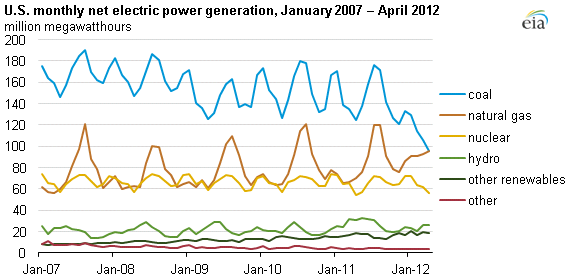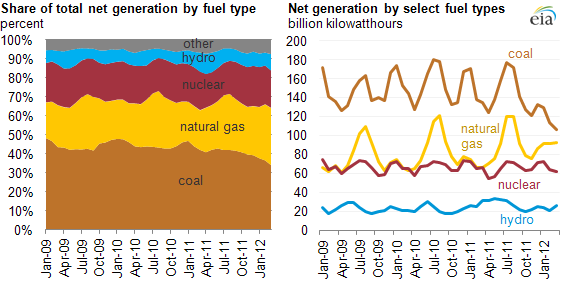In response to our series of posts documenting the advertising campaigns launched to attract FDI to eastern Europe, we received this trenchant (and profanity-laden) correspondence from our friend, “New Jersey Tommy”:
[What the heck], eastern Poland? [Spending all of that money] on advertisements. Those mad men are ripping off the literally poor taxpayers of eastern Poland.
Waitaminute. Huge coal and natural gas reserves. NOW we all understand what “investing in eastern Poland” means: it means supplying fossil fuel energy to hungry and thirsty western Europe. Badda bing.
In possibly related news from the March 1 Wall Street Journal reports that “Germany debates fracking as energy costs rise.”
And, as if you didn’t know already, the internets move quickly.

